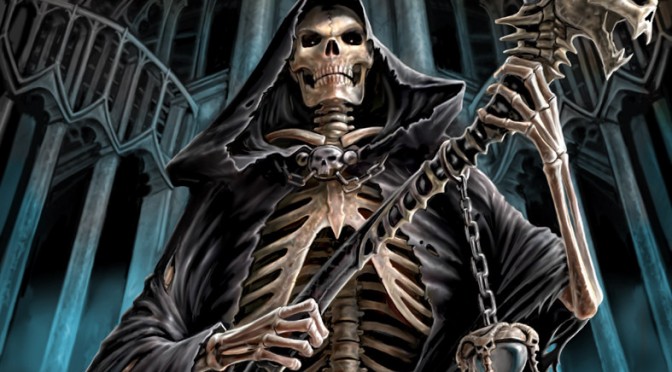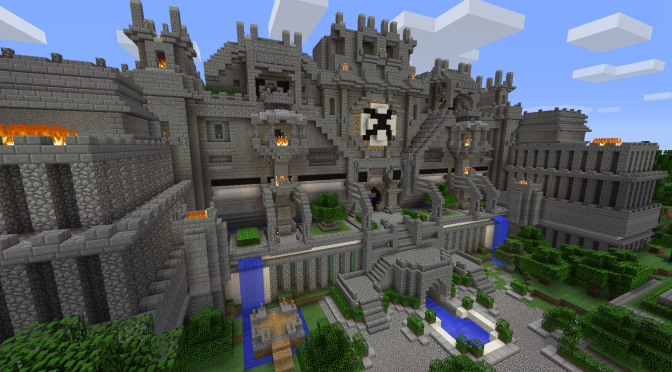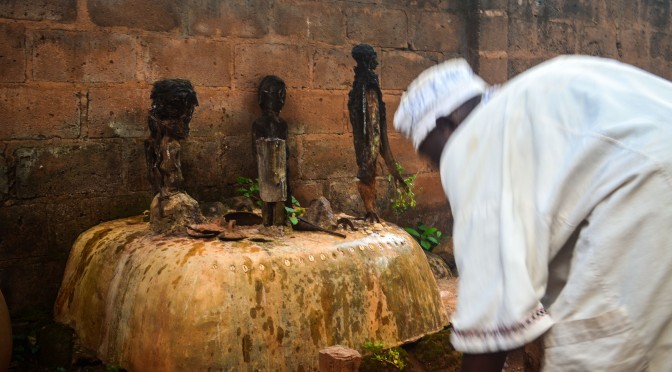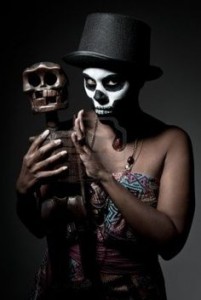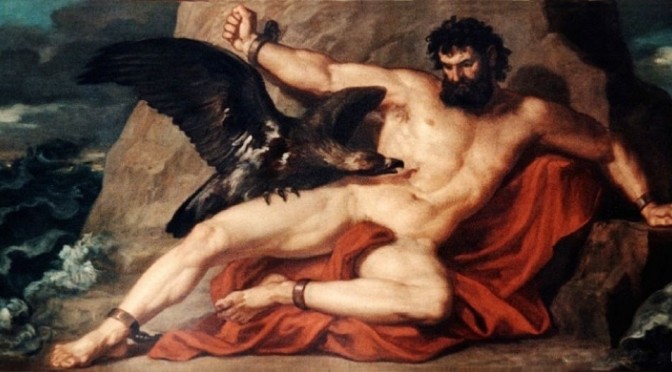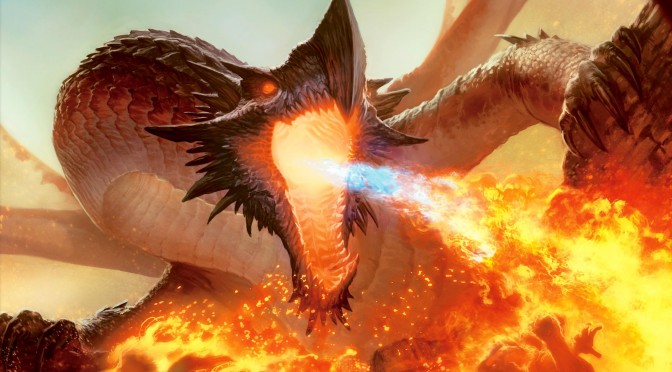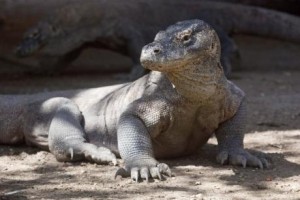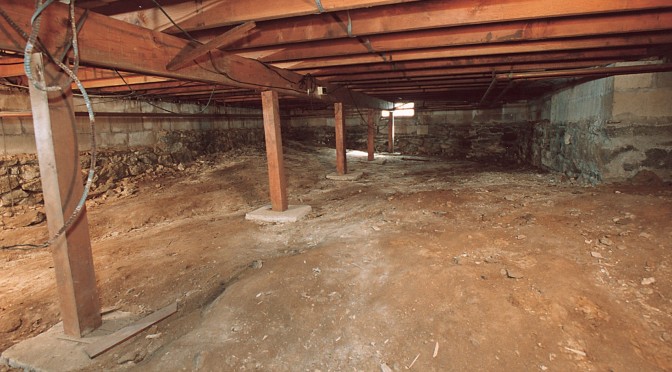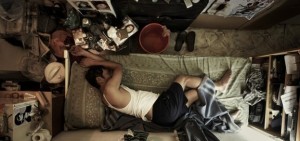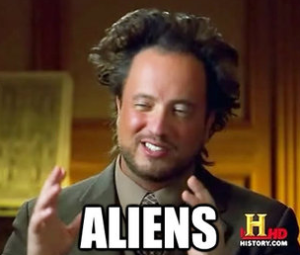In the Alters’ World (and the series of books found here), creatures of legend reveal themselves to the world. Born through genetic abnormalities, defects and mutations, the Alters have lived for centuries as outcasts of human society, hiding their true nature from the world while colorful stories have been written by many to describe what they’ve seen. How are these creatures different from what was described in the stories? What relationship do they have with humanity? Every entry of the Alterpedia will delve into a new creature from around the world. This week we cover:
Reapers
Two things are certain in this world: death and taxes. And while taxes are often represented by someone reaching into your pockets, death has long been represented by many faces across all civilizations and time periods. From robed skeletons to men simply in facepaint – death goes by many names and faces, all of which strike fear or admiration into the culture that created it.
But the thing we often see are rarely actually “death” itself, but rather agents of death meant to carry your soul to its next domain. These entities, most famously known as the Grim Reaper, are often complex figures that are both companion and hunter. They strike a fierce image, but often represent a form of mercy that few can truly understand.
So while we may all fear death, should we fear the Reapers? Continue reading Alterpedia: Reapers


